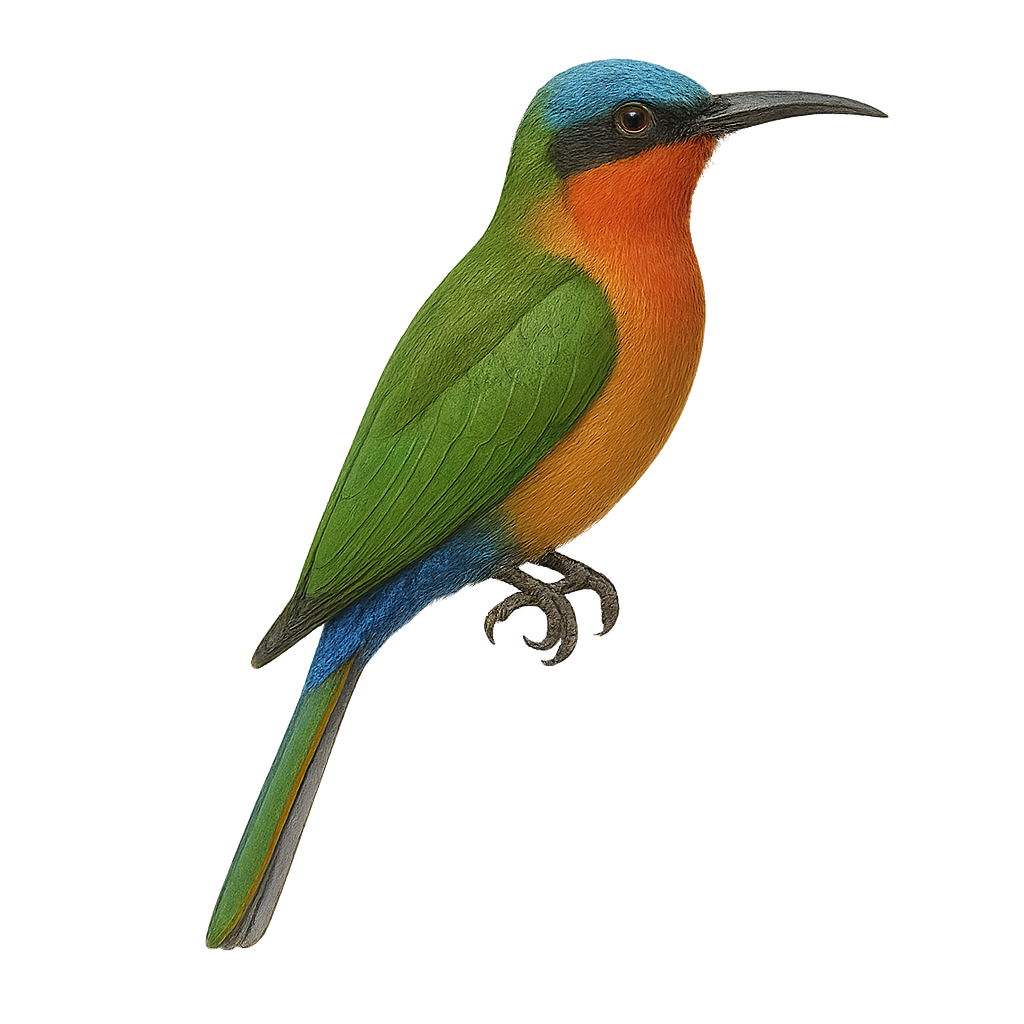Your wildlife photography guide.
Explore the bullock's bee-eater in detail, study its behavior, prepare your shots.
Where to observe and photograph the bullock's bee-eater in the wild
Learn where and when to spot the bullock's bee-eater in the wild, how to identify the species based on distinctive features, and what natural environments it inhabits. The WildlifePhotographer app offers tailored photography tips that reflect the bullock's bee-eater’s behavior, helping you capture better wildlife images. Explore the full species profile for key information including description, habitat, active periods, and approach techniques.
Bullock's Bee-eater
Scientific name: Merops bulocki

IUCN Status: Least Concern
Family: MEROPIDAE
Group: Birds
Sensitivity to human approach: Suspicious
Minimum approach distance: 10 m
Courtship display: April to June
Incubation: 20-22 jours
Hatchings: April to July
Habitat:
Forests, savannas, wooded areas
Activity period :
Primarily active during the day, with peak activity in the morning and late afternoon.
Identification and description:
The Bullock's Bee-eater, or Merops bullocki, is a colorful and fascinating bird belonging to the Meropidae family. This bee-eater is distinguished by its vibrant plumage, combining shades of green, blue, and yellow, with an often orange throat. It is mainly observed in wooded regions and open savannas of sub-Saharan Africa. This bird is known for its specialized feeding habits, primarily consuming flying insects, particularly bees and wasps, which it captures in flight with its aerial hunting techniques. The Bullock's Bee-eater is a social bird, often seen in small groups, and is renowned for its spectacular courtship displays. Although not considered threatened, deforestation and habitat loss could affect its populations in the long term.
Recommended lens:
400 mm – adjust based on distance, desired framing (portrait or habitat), and approach conditions.
Photography tips:
To photograph the Bullock's Bee-eater, it is advisable to use a telephoto lens of at least 400 mm to capture detailed images without disturbing the bird. Look for open areas near forests or savannas where these birds often hunt. Be patient and discreet, as they can be suspicious. Morning is usually the best time to observe them, as they are more active and the natural light is ideal for photography.
The WildlifePhotographer App is coming soon!
Be the first to explore the best nature spots, track rutting seasons, log your observations, and observe more wildlife.
Already 1 432 wildlife lovers subscribed worldwide

